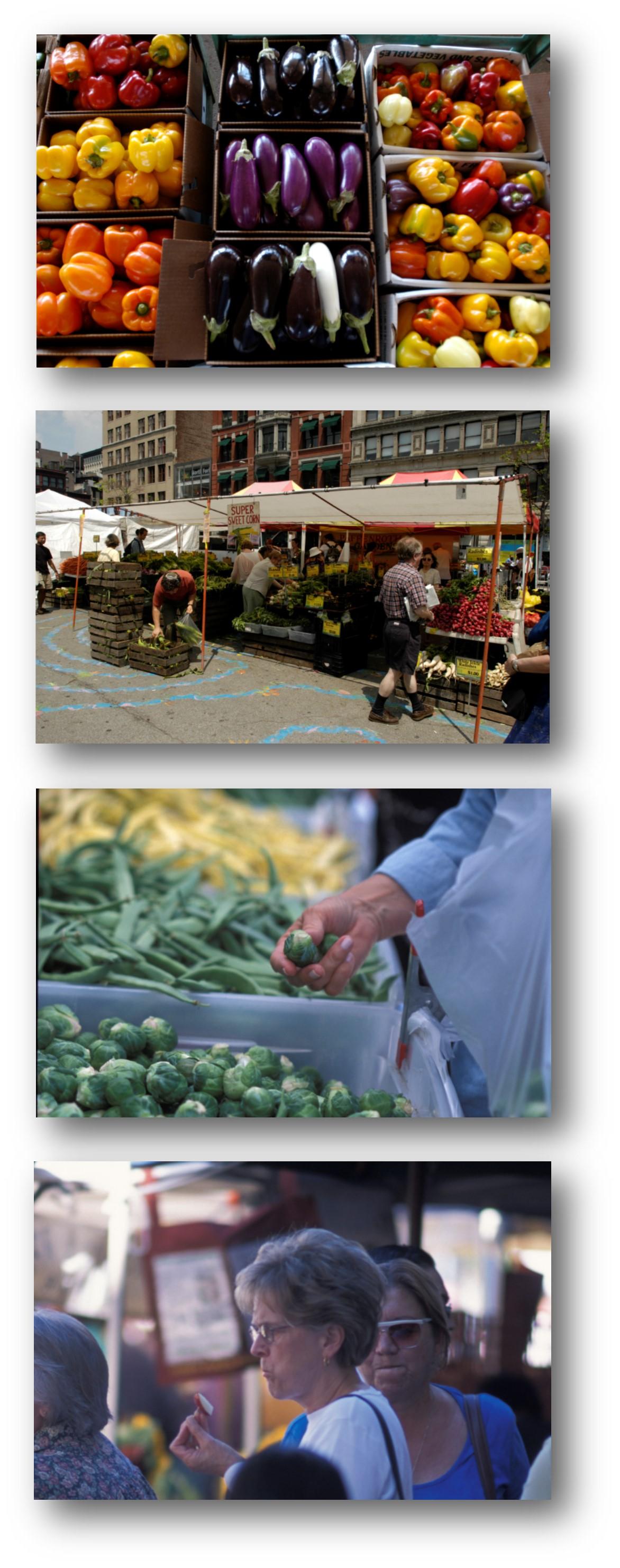Mastering Marketing
Ignite Your Sales with Sensory Branding
Product Positioning and Branding
Sell, sell, sell! That’s the end goal of your marketing efforts. But getting your product into the customer’s cart is seldom a direct line from locating the product to purchasing it. That’s where promotion enters the marketing equation. The objective of promotion is to move customers through the following phases: Unawareness> Awareness> Beliefs> Attitude> Purchasing Intentions> Purchase.
Getting the first sale is great, but capturing repeat customers is the more profitable goal. Repeat customers don’t require additional marketing resources. Your marketing goal then is to establish your ‘brand” with customers. Branding is the use of a name, term, symbol, or design to give a product a unique identity in the marketplace. If your product comes to mind when customers think about purchasing that type of product, it’s branded with them. Branding is owning a space in the customer’s mind.
Sensory Branding
“Tell me and I forget. Show me and I might remember. Involve me and I will understand” Benjamin Franklin
Most small specialty food entrepreneurs or direct farm markets don’t have mega marketing budgets to establish their brands. However, if you’re marketing a food product, you have the distinct advantage of drawing on any of the five sensory cues to help brand your product. Capitalizing on the sensory aspects of your products Helps accelerate the purchasing decision process for customers

